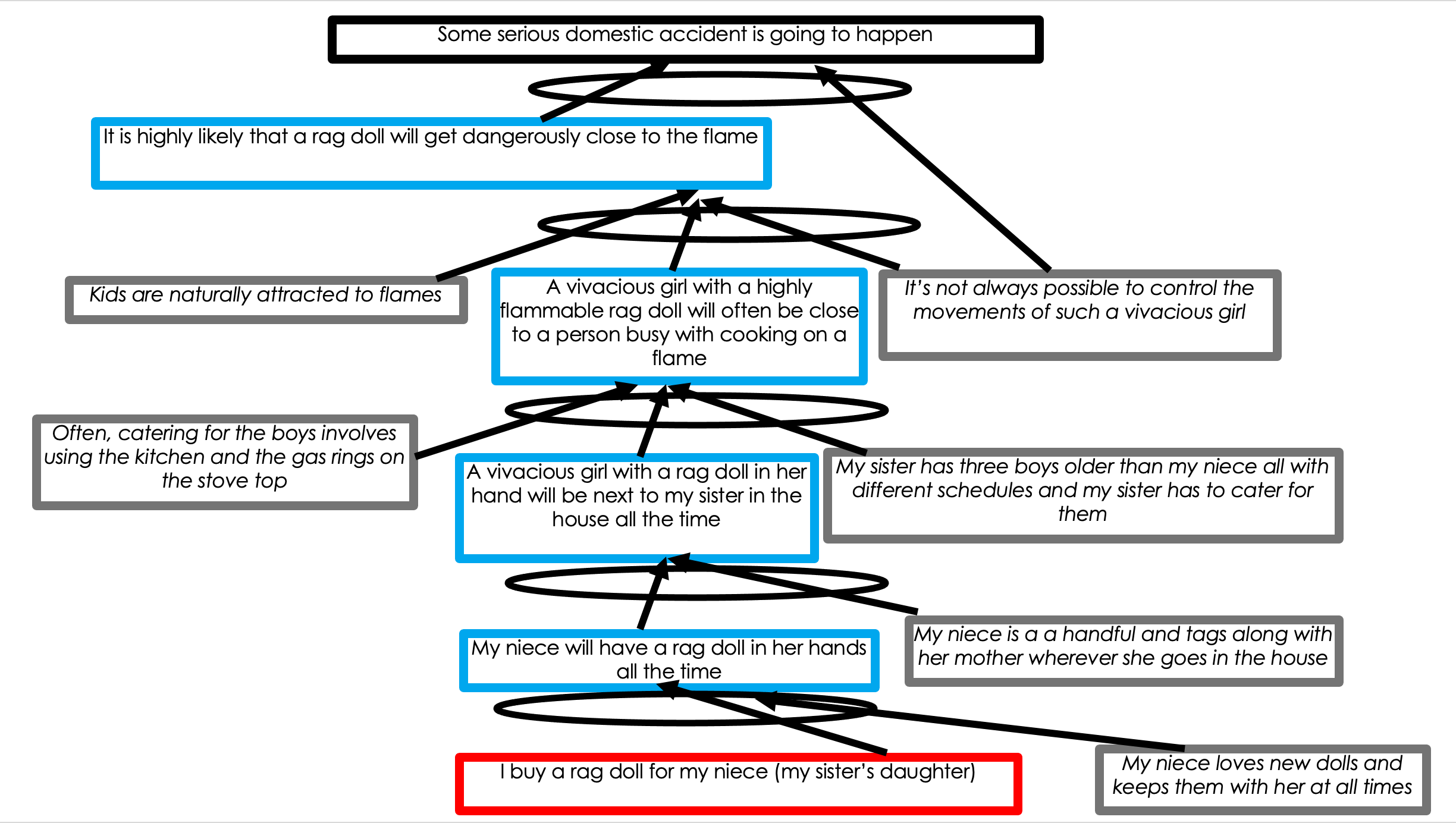
How to think is not a skill that we learn at school, or even university. We take it for granted that by receiving an education we also receive information about using our brains in a more effective way. Sadly, every day we live with the consequences of poor decision making at every level, government, corporate and personal. Even “highly educated people” whose education cost a fortune can make decisions without understanding the implications, for themselves and others.
Decision makers with the authority and responsibility to make meaningful change can look to the Theory of Constraints and learn a series of systemic Thinking Processes that lead to more effective thinking for decision-making. These processes help to design courses of action that make sense. Dr. Goldratt developed them as a way of overcoming resistance to change. Indeed, a fear of negative consequences will be a major hurdle for people in embracing any decision that leaders may want to implement.
So having a method for analyzing a potential negative implication connected with a decision has two very important functions that are critical for decision makers:
- it is a way of identifying a potential snag or unintended consequence that may bite us going forward with something we want to implement
- it provides a way to get buy-in from people who may tend to be nay-sayers and to demonstrate leadership through an ability to listen to relevant objections and incorporate that feedback.
No crystal ball but a process for preventing unintended consequences
The Thinking Process for this is called Negative Branch Reservation. Anticipating negative implications is an activity in which many people are well versed. The point here is not to encourage skepticism, fuel negativity or stifle creativity and enthusiasm. The goal of a Negative Branch is to ensure full understanding of the ramifications of our decisions. Over the years in our work with decision makers, we have seen how in some cases this tool helps abort in time a half-baked decision and in some others, regardless of an inability to “trim” that negative implication, it reinforces the desire to go ahead anyway. More frequently, it helps leaders craft better and more rounded decisions, giving them a higher chance of accomplishing what was intended. It is a form of “risk management” that mitigates the risk of unforeseen negative events while increasing the probability of success in implementing a chosen course of action. (In our previous post, The Theory of Constraints on Wall Street – a SPAC Experience , we take an example of this from our business novel ‘The Human Constraint.)
The logic of this tool is simple but the mechanics require some attention. In essence, with this tool we verify if the decision/action we want to implement (in Theory of Constraints jargon it is called an Injection) carries with it potential negativities; if we can identify them we can try to diffuse or reduce their impact.
- We state the decision/course of action
- We state the potential negative outcome
- We build the cause-and-effect chain of events that we anticipate would determine the negative outcome
- We identify the logical statement/statement of future reality that would turn the positive of the decision/course of action into a negative
- We devise an action that trims that negative
- We incorporate the needed change into the original decision/course of action so as to make it more effective
A process that can be shared
All the Thinking Processes from the Theory of Constraints are visual tools, making them very suitable to use with a group of people and to share once they are completed. Here is a very simple example of what Negative Branch would look like graphically. The red box contains the decision/action and the black box at the top contains the negative implication. The grey boxes contain the logic that connects the base with the blue boxes that are future states of reality that will unfold.
We read through the boxes to check the logic using “if” “and” “then”. So, starting from the bottom, if I buy a rag doll for my niece, and my niece loves new dolls and keeps them with her at all times, then my niece will have a rag doll in her hands all the time. And if my niece is a handful and tags along with her mother wherever she goes in the house, then a vivacious girl with a rag doll in her hand will be next to my sister in the house all the time. And if my my sister has three boys older than my niece all with different schedules and my sister has to cater for them,..
And so on until we reach the negative implication.

Once we have mapped out the logic and states of reality that lead us to the unintended consequence, we can search for ways to interrupt what seems inevitable. If we can challenge the logic that has now been made explicit for all to see (it is no longer just a hunch), then we can make sure the unintended consequence never happens. For example, in this case we can change the decision to “I buy an inflammable rag doll” and we can decide that the sister prevents the daughter from entering the kitchen with the rag doll. This is of course a simplified example, but the same steps can be used to analyze any decision or action plan.
Having a structured way to foresee and prevent unintended consequences is an essential skill for decision makers. It can prevent unnecessary mistakes that create cost and waste. More importantly, in some instances it can save lives.
Intelligent Management works with decision makers with the authority and responsibility to make meaningful change. We have helped dozens of organizations to adopt a systemic approach to manage complexity and radically improve performance and growth for 25 years through our Decalogue management methodology. The Network of Projects organization design we developed is supported by our Ess3ntial software for multi-project finite scheduling based on the Critical Chain algorithm.
See our latest books Moving the Chains: An Operational Solution for Embracing Complexity in the Digital Age by our Founder Dr. Domenico Lepore, The Human Constraint – a digital business novel that has sold in 42 countries so far by Dr. Angela Montgomery and ‘Quality, Involvement, Flow: The Systemic Organization’ from CRC Press, New York by Dr. Domenico Lepore, Dr. .Angela Montgomery and Dr. Giovanni Siepe.






Leave a Reply